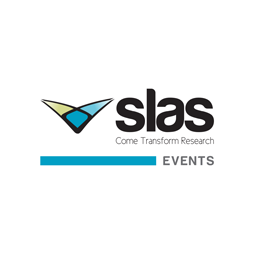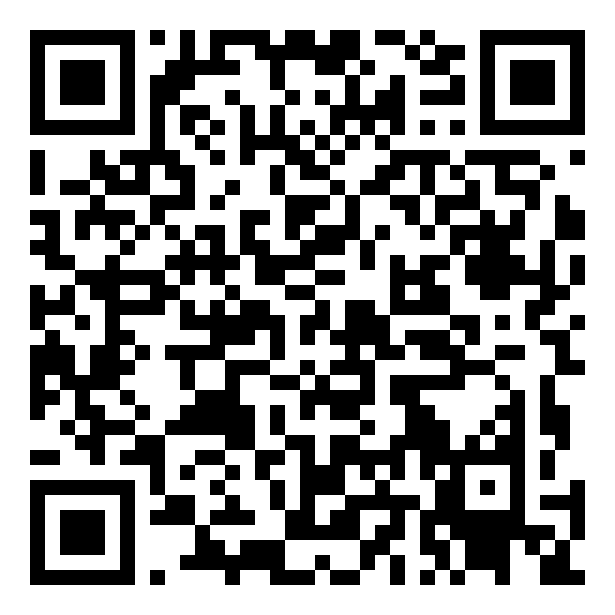Back

 View Leader Board
View Leader Board



Automation Technologies
Robotic Automation of Organoid Culture and Analysis
- SM
Sarah Moss, MS
Scientist II
Advanced Solutions Life Sciences
Manchester, NH, United States
Primary Author - January Poster(s)
Abstract: Tissue organoids, or “mini organs” hold great potential as tools for high throughput analysis, due to their small size and consequently low cost. Despite this, organoids are typically fabricated and cultured manually “by-hand”, limiting their effectiveness as a high throughput tool. In the present study, we leveraged our state-of-the-art automation BioAssembly™ platform, including the BioAssemblyBot® (BAB) 6-axis robotic system, BioStorageBot™ incubator, and an intuitive BioApps™ workflow control software, to implement a fully automated workflow for culture and analysis of colorectal cancer organoids (Cellesce). A key advantage of this system is its flexibility. Due to our wide array of tools, we have the capacity to fabricate organoids from a wide range of materials and can easily accommodate any size well plate. The automated workflow entailed accurately dispensing 7ul droplets of chilled organoid/Matrigel suspension into each well of a 96 well plate. Media is then added to each well and the plate transferred to the modular incubator. Temperature control within the stage under the well plate ensured rapid Matrigel gelling after dispending droplets. The time to dispense the Matrigel/organoid domes into a 96-well plate (minus the edge wells) was 5.5 minutes, which is half the time it takes a human to complete the same task. During culturing, media was changed regularly using a custom tilted stage to enable complete medium removal at each step without disrupting the domes. At the end of the culture duration, culture medium was removed and, following a staining procedure, the plate was transferred into a confocal scanner and automatically imaged using a pre-built scanning protocol. The scanner is designed for high throughput analysis and can take multiple confocal stacks each well of the 96 well plate without any human input. This entire workflow was controlled by our BioApps™ software and executed by the BioAssembly™ platform, limiting human involvement to only the initial loading of materials into the platform. In ongoing experiments, we are using this compact, all-in-one robotic automation platform to assay organoid responses, via rapid high-content analysis to different pharmaceuticals. Using this automation solution is not only conducive to higher throughput, experiments with more complex tissue models, but also reduces the risk of human error in performing the experiments. Such workflows could accelerate identification and development of new, potentially life-saving therapeutics
 View Leader Board
View Leader Board
Your Points: 0
Scan and Win! Complete as many scavenger hunt questions as possible. You will find scavenger hunt QR Codes to scan on participating posters. Each participating poster in the exhibit hall will have a QR code next to it. For virtual participants, look for the scavenger hunt icon for participating posters.
SLAS Events

Instructions
Each poster participating in the scavenger hunt will have a SCAVENGER HUNT QR code. When that QR code is scanned using the SLAS2022 app, question about the poster will appear. You must answer the question correctly to collect points. BE SURE TO EXPLORE THE POSTER BEFORE SCANNING THE CODE! SLAS will award three prizes to the participants with the most points.
1st Prize - Comp Reg + Hotel/Airfare to SLAS2023 in San Diego
2nd Prize - $50 Starbucks Gift Card
3Rd Prize - $25 AMEX Gift Card
Keep an eye on the leader boards to see who’s at the TOP. Winners will be announced after SLAS2022.
Each participating poster in the exhibit hall will have a QR code next to it. For virtual participants, look for the scavenger hunt icon for participating posters.
1st Prize - Comp Reg + Hotel/Airfare to SLAS2023 in San Diego
2nd Prize - $50 Starbucks Gift Card
3Rd Prize - $25 AMEX Gift Card
Keep an eye on the leader boards to see who’s at the TOP. Winners will be announced after SLAS2022.
Each participating poster in the exhibit hall will have a QR code next to it. For virtual participants, look for the scavenger hunt icon for participating posters.
